English – Vision Statement
English sits at the heart of our curriculum – it is through language, story and text that children learn to form concepts, connect ideas and express themselves. Through literacy, in all its forms, children learn to both make sense of the world and shape their place within it. Across oracy, reading and writing, we place a heavy emphasis on developing a child’s vocabulary. By the time children leave John Scurr in Year 6, the limited vocabulary they arrived with in Reception will have expanded enormously, giving them the language they need to understand sophisticated texts and express themselves in a wide range of contexts. We have an ambitious, fulfilling and rewarding English curriculum that provides many purposeful opportunities for reading and writing. Our English curriculum is taught using CUSP (Curriculum by Unity Schools Partnership) resources and further information about the curriculum can be accessed at https://www.unity-curriculum.co.uk/cusp/
Communication and Oracy
Speaking is at the heart of every learning experience. The quality and variety of language that pupils hear and speak are vital for developing their vocabulary and grammar and their understanding for reading and writing. We ensure the continual development of pupils’ confidence and competence in spoken language and listening skills, knowing this will enable them to lead successful, fulfilled lives.
We expect, respect and value contributions from all children, through the whole curriculum, school assemblies, extra-curricular activities and our Pupil Voice Committee.The school is working with Voice 21 and Tower Hamlets Oracy Hub to embed Oracy skills across the curriculum.
“We believe all children, regardless of their background, are entitled to an oracy education.” Voice 21
An extra-curricular activity offered to our year 5 and 6 children is Debate Mate, Debate Mate Schools a club which develops presentational speaking and debating skills. The children in this club are proud to represent the school in borough wide debating competitions.
This year they have competed in the Urban Debate League and the Debate Mate Cup
The kids have been amazing this year and it’s been great to see their confidence grow.” (Debate Mate Lead)
.
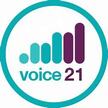

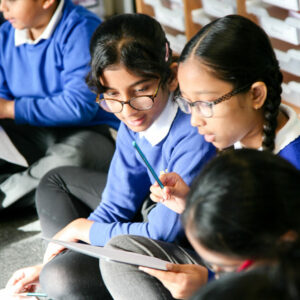

Reading
First and foremost, we want all children at John Scurr to develop a life-long love of reading. As a result, we approach the teaching of reading from all angles, so as to miss no opportunity to spark a child’s interest
Early Reading
Phonics forms the basis of early reading at John Scurr. In addition to this, during the early stages of reading, with our youngest children, we read 1:1 to model and develop good reading behaviours.
When children are ready, we begin Guided Reading sessions in which children are taught to apply their phonic knowledge and other reading strategies. Books are selected at the child’s level. These books are also available in the classrooms.
In Year 1, every child is read with every day. They use their phonics knowledge and reading skills to fluently read books at their level. Targeted support is given to all early readers regardless of their age.
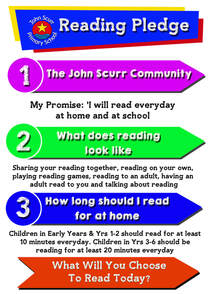
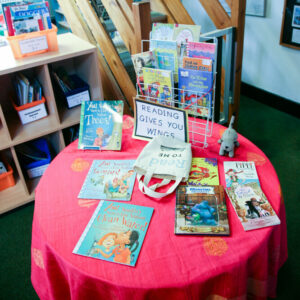
Reading For Pleasure
To promote a love of reading, specially selected books are placed in every area of the environment for children to access independently. This includes fiction, non-fiction and poetry. Our Early Years curriculum follows the children’s interests and this is reflected in the book provision. In addition to this, story time happens every day and the children leave Early Years with a bank of stories. In Key Stage 1 and 2, children take home a ‘Reading for Pleasure’ book every day. They select this book from an inviting reading area within the classroom. This is accompanied by frequent discussions and recommendations
Reading at Home: Our Reading Pledge
From Year 2, Accelerated Reader is the heart of our home-school reading programme, promoting personalised reading for pleasure. This programme signposts children to literature at their reading level, assesses their reading comprehension and rewards each child’s efforts. Children’s reading achievements are celebrated within the school in many ways, including classroom displays to track and show progress and the celebration of class and individual effort.
Reading rewards are presented to children, who continue to reach their target. Class word counts are monitored and updated half termly and children reading a million words – ‘Millionaire Readers’ – are taken to Foyles Bookshop at Westfield to buy a book of their choice as a reward.
Phonics
Phonics is the way that children are taught to read. Children are taught sounds, which they use to segment and blend words in order to read.
We are currently in a transition period of moving to Sounds Write (sounds-write.co.uk).
Sounds-Write is a quality first programme which is acknowledged by the DfE as meeting the criteria for an effective phonics teaching programme.
From April 2022 Reception will begin using Sounds Write, followed by Year 1 in September 2022. Phonics lessons include opportunities for the children to revisit previous learning, as well as practice and apply new learning. Our approach enables all pupils to learn how to decode words before they move on to develop fluency and greater comprehension. For additional reinforcement and for those falling behind, we signpost parents to training opportunities provided by Sounds Write.
Teaching Phonics
The Sounds Write programme is a clearly structured and easy to follow systematic, synthetic phonics programme. It teaches all key elements of conceptual understanding, factual knowledge, and the three essential skills of blending, segmenting and phoneme manipulation necessary for learning to read and spell and it does so on a daily basis until all children achieve the automaticity that underlies the fluency of every successful reader.
This ensures that at John Scurr, there is a consistent approach to teaching phonics. The Phonics Screening check takes place in June every year for Year 1 children. The children are expected to read phonetically decodable real and alien words. If a child does not pass the phonics screening check in Year 1, they will be given additional support in Year 2 and will be re-tested.
What We Teach
In Nursery children learn different listening skills, this includes: environmental sounds, body percussion, instrumental sounds, voice sounds and rhythm and rhyme.
In Reception children begin the Sounds Write programme by learning the Initial Code.
In Year 1 children begin the Extended Code which is completed in Year 2.
From Year 3 and beyond, if a child needs further support with their phonics, alternative provision will be provided.
Practising phonics at home Children take home a decodable book at their level to read to read with an adult.
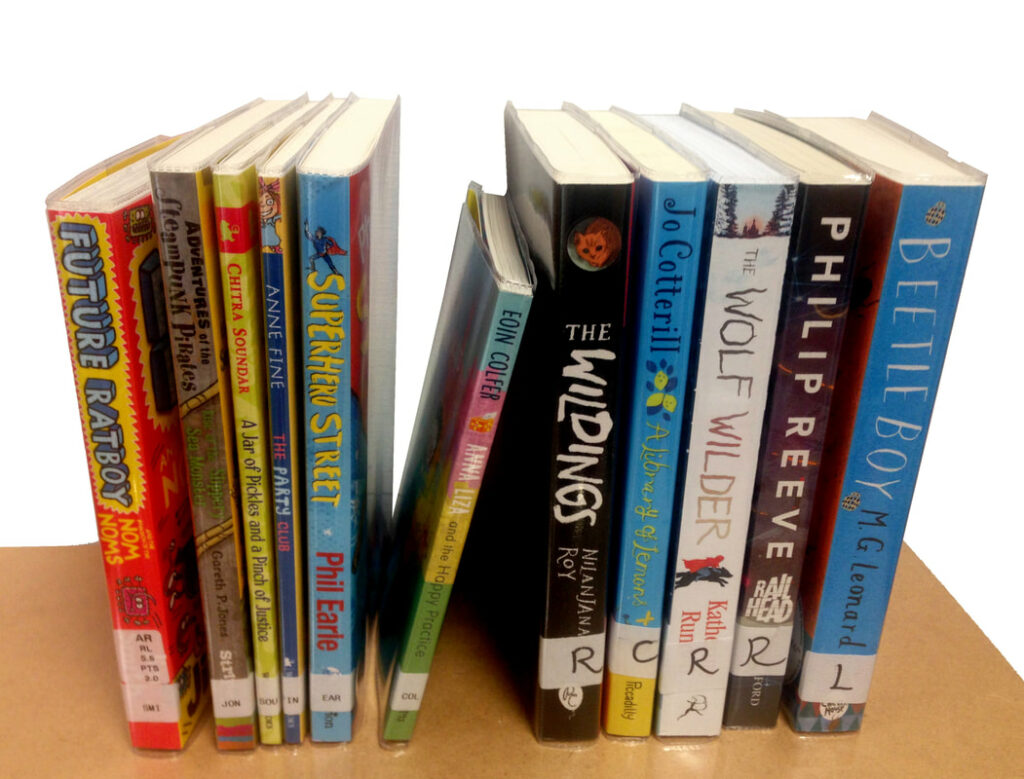
Early Writing
Throughout the Early Years, children are taught the key principles of writing in order to lay a solid foundation for developing their skills later on. An emphasis is placed on developing clear handwriting with ‘finger spaces’ between each word. Colourful semantics supports the development of sentence structure.
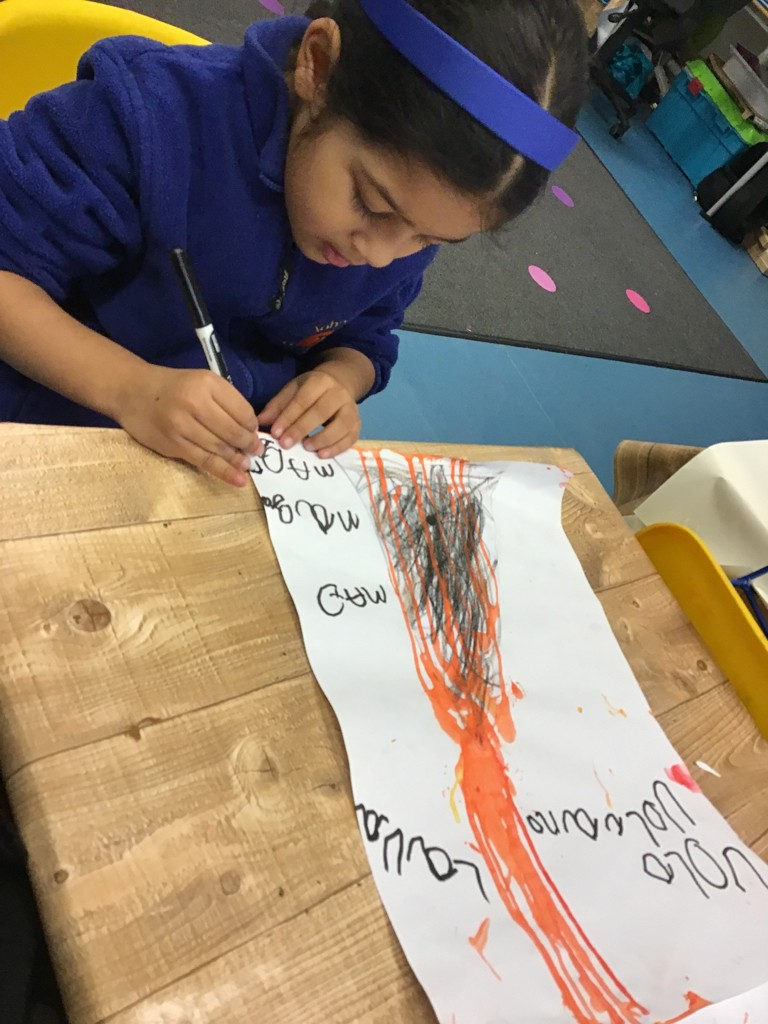
Children are taught to apply their knowledge of phonics to help them spell plausibly and work towards being accurate. Children are exposed to a variety of genres initiated by the children’s interests. Our curriculum teaches the children to add variation and description to their work by developing their vocabulary, including the use of interesting adjectives and developing sentence structure. Throughout the EYFS environment, children have access to a variety of media to promote and encourage a love for writing as a lifelong means for communication and expressing oneself.
CUSP Reading
| Our CUSP Reading curriculum is deliberately designed to be ambitious and aspirational, ensuring that every child leaves our school as a competent, confident reader. Drawing on the latest research around explicit vocabulary instruction, reading fluency and key comprehension strategies, this curriculum is a synthesis of what we know works in helping children make outstanding progress in reading and a distillation into consistent, well-structured practice. Our children will receive a daily diet of excellent reading teaching and this will be supplemented by regular opportunities to engage with shared reading experiences, promoting the joy of reading with the whole school community. The clear structure and principles ensure that teaching is progressive, challenging and engaging and the rich, diverse literature spine acts as both a mirror so that every child can see themselves in the core texts and as a mirror to engage pupils with experiences beyond their own field of reference. We are also looking forward to introducing Pupil Book Study – an evidenced informed guide to help quality assure the CUSP reading curriculum from September 2022. |
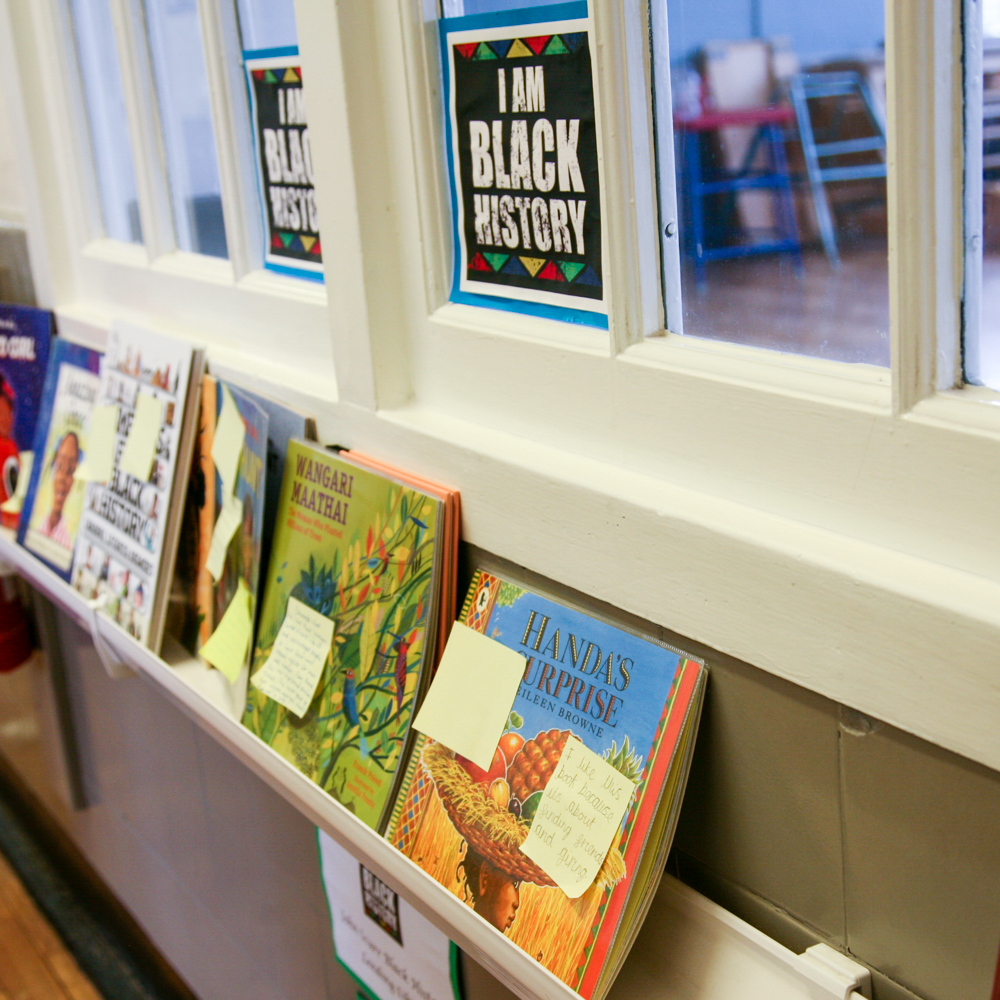
How we teach CUSP Reading
How we teach Cusp reading
From Year 1 to Year 6 each learning sequence follows the same structure:
- Explicit vocabulary instruction
- Deliberate fluency instruction and prosody training
- Explicit teaching of comprehension strategies
- Clear focus on what pupils should know, be able to do and remember.
Each lesson follows the same structure:
Explain
Example
Attempt
Apply
Challenge
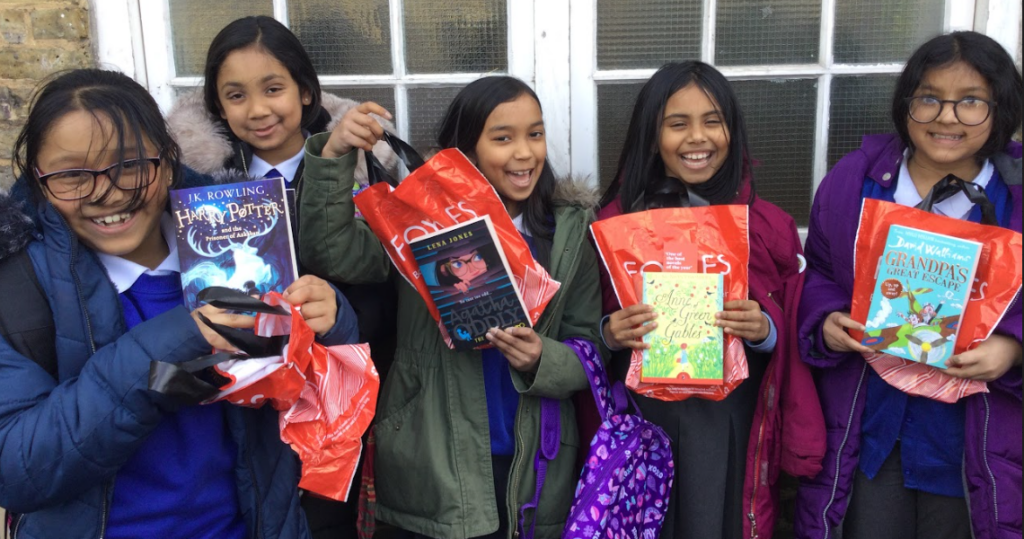
Promoting Reading for Pleasure
Carefully selected books are chosen for each year group and form our ‘Must Reads’ from Nursery through to Year 6.
Every year we commit to promoting reading by purchasing copies of Take Offs for Year 3 and 4 and Must Reads for Years 5 and 6. These books are a selection of new fiction and picture books published in paperback in the previous 12 months.
CUSP Writing
| Our CUSP Writing curriculum draws on taught content from CUSP History, Geography and Science and from the depth study of core texts from the literature spine. Expert subject knowledge is carefully woven into each Writing module which gives teachers the opportunity to teach and rehearse key knowledge and skills before applying this learning to meaningful extended outcomes. The careful architecture of this curriculum ensures that pupils build on prior learning and maximise purposeful curriculum connections to become writers for life. Within the CUSP curriculum, punctuation and grammar is taught both directly and discreetly with pupils receiving a daily GPS lesson. Vocabulary is taught alongside direct and explicit teaching of Tier 2 and Tier 3 vocabulary. |
How We Teach Writing
From Year 1 to Year 6 each learning sequence follows the same structure:
- Revisiting prior learning
- Taught content
- Opportunities to apply the taught content
What Success Looks Like
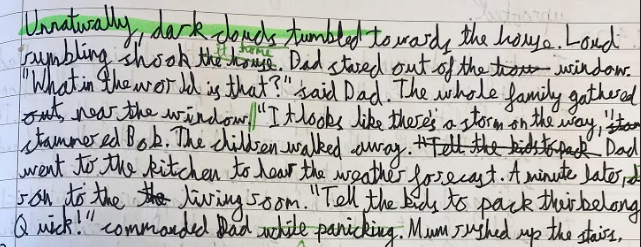
CUSP Spelling
In the Summer term we will begin to trial CUSP spelling from Year 1 to Year 6.
We are looking forward to implementing CUSP spelling fully from September 2022
This is a systematic and agile approach to spelling, which is balanced and progressive. The underpinning principles are:
- Spelling concepts
- Pattern seeking
- High Volume engagement with print
- Systematic revisiting
- Additional time time given to complex concepts and common errors
- Zoom in to the composition of words
- Spelling and word meaning intrinsically linked
- CUSP principles of instruction
Children in Year 2 to Year 6 will be taught 16 x 2 week blocks. In Year 1 the children will be taught 6 x 2 week blocks. Diagnostic tests will be carried out termly, in order to review the impact of the taught content and guided identification of entry points or targeted support.
Handwriting
Handwriting is taught using the programme, Teach Handwriting Home – Teach Handwriting.
Cursive handwriting begins in Year 2.
In Key Stage 2, pupils continue to develop their speed, fluency and presentation of handwriting.